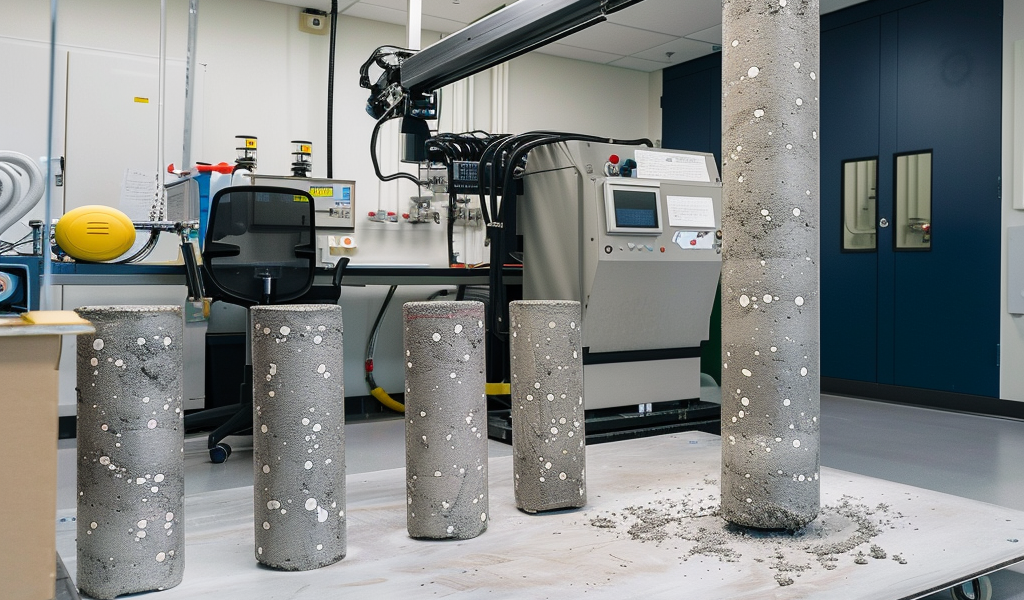Revolutionary Model Enhances Understanding of Ultra-High-Performance Concrete Behavior
A recent study published in the journal Engineering has introduced a groundbreaking stress-strain model that promises to redefine the engineering approach to ultra-high-performance concrete (UHPC) confined by fiber-reinforced polymers (FRP). This innovative research, led by a team from Huazhong University of Science and Technology and Southern University of Science and Technology, addresses a significant gap in the current understanding of UHPC’s compressive behavior.
Ultra-high-performance concrete has become a fundamental material in contemporary construction due to its exceptional strength and durability. However, the complexities associated with its behavior when confined by FRP materials have presented significant challenges for engineers. While existing models have effectively explained the stress-strain characteristics of normal-strength concrete (NSC) confined by FRP, they have not been adequate for UHPC applications.
The study, conducted by researchers S.S. Zhang, J.J. Wang, Guan Lin, and X.F. Nie, focused on elucidating the failure mechanisms of UHPC under concentric compression. Through a series of meticulously designed experiments, the team investigated the behavior of UHPC when subjected to compression while being confined by FRP, aiming to develop a refined analysis-oriented model that could provide deeper insights into this critical issue.
One of the key findings of the research was the revelation that the commonly accepted assumption of stress-path independency does not apply to FRP-confined UHPC. This insight prompted the researchers to reassess and modify existing models to better represent the behavior of UHPC under these conditions.
The study’s experiments uncovered that the formation of diagonal cracks in FRP-confined UHPC led to uneven lateral expansion, which in turn diminished the effective confining pressure exerted by the FRP on the UHPC. This discovery challenges the traditional assumptions regarding stress-path independency that have been used for normal-strength concrete.
To address these complexities, the research team developed an advanced model that incorporates the effects of stress-path dependency. By adjusting the confining pressure and introducing a new equation to account for the confining pressure gap, the researchers successfully integrated these critical elements into their analysis-oriented model.
The proposed model underwent rigorous testing to validate its effectiveness in predicting the behavior of FRP-confined UHPC. The results demonstrated a significant improvement in accuracy compared to previous models, providing engineers with a more reliable tool for designing structures that utilize this advanced concrete material.
As the construction industry continues to evolve, the insights gained from this study are expected to play a pivotal role in enhancing the safety and performance of structures made with ultra-high-performance concrete. By understanding the intricate behaviors of UHPC when confined by FRP, engineers can make more informed decisions in the design and construction processes, ultimately leading to more resilient infrastructure.
This research marks a significant milestone in concrete science, paving the way for future studies aimed at further exploring the complexities of UHPC and its applications in modern engineering. The findings not only contribute to the academic field but also hold practical implications for the construction industry, where the demand for high-performance materials is continuously on the rise.
As the study gains attention within the engineering community, it underscores the importance of ongoing research and innovation in the field of materials science. The ability to accurately predict the behavior of advanced concrete materials like UHPC is crucial for the development of safer, more efficient structures that can withstand the challenges of modern construction demands.





